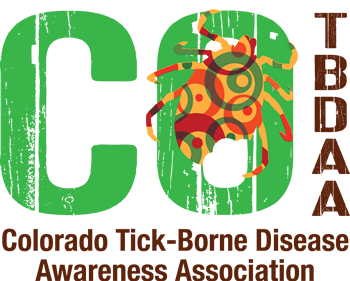
Prevention for Pets and Livestock
Prevention for Pets and Livestock
Pets and livestock typically encounter many more ticks than people do. Because they have thick fur, ticks may take a while before biting a dog, cat or horse. If your pet comes into the house or barn before the tick is attached, ticks may latch onto you or other family members. Protecting horses (and other livestock) from ticks can be more challenging. They usually pick up ticks while grazing in overgrown pastures, next to woods, or while being ridden through tick-infested areas.
Treatment for some of these debilitating illness can be very costly and difficult for both you and your animals. Prevention is key!
Prevention tips:
- Conduct frequent tick checks on your animals: cats, dogs, horses and other livestock that can transport ticks from the outdoors into your home or barn where they can come into contact with other animals or people. Regular grooming of pets and horses after a walk outside through the woods or trails can help protect them and your family. Use the same precautions for removal of ticks on your animals as you would on humans.
- Consider using tick control medications and repellents for your animals to reduce their exposure to ticks. Vaccines are available for some pets against Lyme, however, there are varying opinions on its effectiveness. Speak to your veterinarian regarding the use of tick control, repellents and/or vaccines to determine what is most appropriate for your animals and situation.
- Permethrin is an insecticide that can be safely applied to clothing or gear. It should never be applied to skin. Permethrin treated collars, shirts and blankets are also available for dogs and horses, however these products should never be used on cats!
- Limit exposure to tick infested areas through pasture management, yard management, rodent control and containment practices for your animals.

Both dogs wearing Permethrin treated Insect Shield collars.
Additional resources:
The Companion Animal Parasite Council maintains a database of parasite prevalence within the United States for three tick-borne diseases. You may view the number of cases found in canines (Lyme, Anaplasmosis and Ehrlichiosis) by state and county throughout the US. These prevalence maps show cases of these tick-borne diseases increasing since 2012 in Colorado and nationwide. CAPC is also an excellent resource regarding tick-borne diseases and pets.
Additional resources for pets and livestock can be found on our prevention page.
Products and services for prevention are available from many of our Community Partners.



